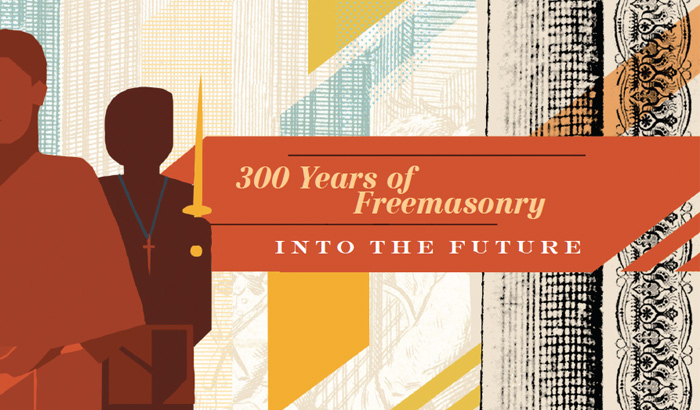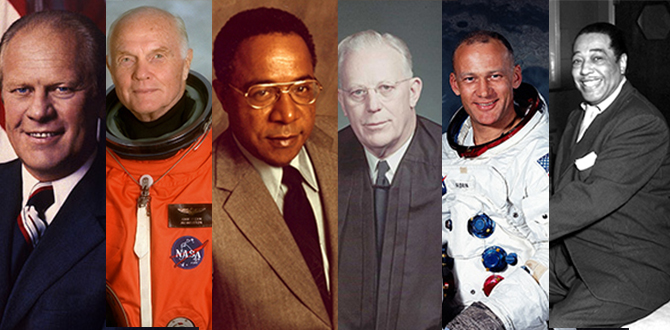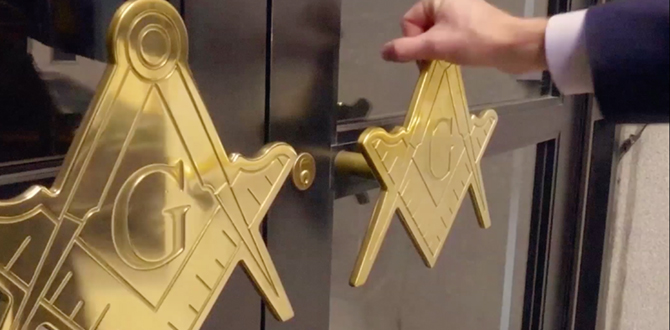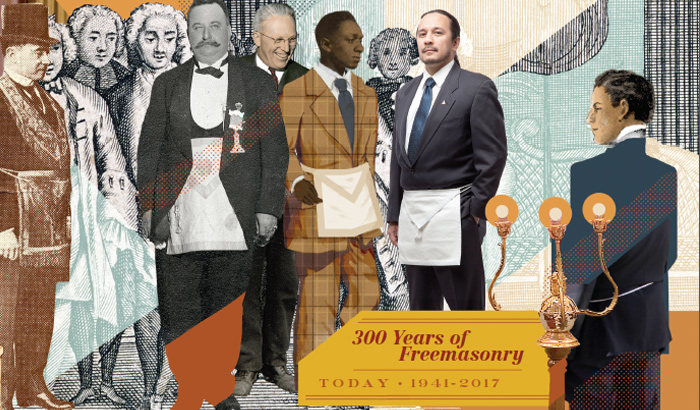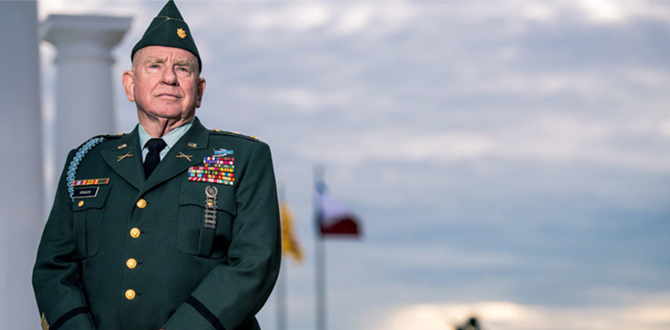–By Adam Kendall, P.M.
One of the most interesting – and sometimes confusing – aspects of Freemasonry is its varied rituals and rites. To study them is to understand the fraternity’s wild creative streak and its ability to adapt to diverse social and cultural trends.
Defining “Acceptability”
Grand lodges around the world recognize hundreds of rites and rituals, yet in every jurisdiction, some traditions are perceived to strain the bonds of acceptable Masonic practice. Some shunned practices imitate, or are derived from, Masonic ritual but practiced primarily by non-Masonic or quasi-Masonic organizations. Other practices may be dissuaded based on personal biases on from those responsible for determining what is “Masonic” enough. Although Freemasonry is a global organization, many Masons are rooted in a perception of the fraternity that directly correlates with their personal experience and worldview. When they learn of unfamiliar practices, they may inadvertently perceive these rites and rituals as inferior, or as deviations to what they consider to be “true” Masonry. But a hazard of dismissing practices that are unfamiliar is that when one Mason learns of a diverse practice through the lens of another’s negative perception, misinformation and falsehoods can spread, leading the unfamiliar practice to be negatively branded, even when such perceptions are without merit.
Standardization and Variety
For the most part, Masonic ritual in the United States derives from a common source and follows a state-based ritual (in California’s case, we are governed by the California Masonic Code). This differs from the experience of British Masons; although lodges under their jurisdiction follow establish guidelines, there is no official ritual and lodges practice several different varieties. This is also true in Scotland, where lodges often adapt historic ceremonies to local traditions. In these countries, no two lodges’ ritual experiences are the same. Regalia is also highly personalized for local fraternal identity. Other countries’ grand lodges sometimes allow for a multitude of craft rituals, some of which belong to rites with degrees extending beyond the Master Mason, such as the Ancient and Accepted Scottish Rite, the Modern Rite, or the Rectified Scottish Rite. These differences in flexibility at the jurisdictional level lead to an interesting difference in Masonic experience as we further investigate the various rites’ intersection.
Worldwide Masonic Rites
- The York or American Rite
The York or American Rite consists of the three craft degrees – Entered Apprentice, Fellow Craft, and Master Mason; the Royal Arch, including several qualifying degrees leading to it; Royal and Select Masters (omitted in some jurisdictions); and the Orders of the Knights Templar. These degrees and orders originated from Great Britain and form the body of the Anglo-American Masonic experience. In the United States, they are governed independently, but each successive degree requires membership in the previous. This system has nothing to do with York, England, or the United Grand Lodge of England; therefore, it is appropriate to describe it as the American Rite. Its practice was written and compiled by American Mason Thomas Smith Webb, who adapted William Preston’s lectures. Apart from Pennsylvania, the vast majority of American lodges practice some variant of Webb’s ritual. - The Ancient and Accepted Scottish Rite
The Ancient and Accepted Scottish Rite is widely practiced in the Masonic community. It originates from high-degree French Masonic systems, which gained popularity during the second half of the 18th century, spread to the West Indies and the United States, and achieved its modern form in the early 19th century. Most Anglo-American Masons who join the Scottish Rite do so at the fourth degree. The candidate receives the following degrees through ritual drama, written conferral, special invitation, and so forth. Nevertheless, the rite is a full system of degrees – first to 33rd. It is a common practice throughout the world that the grand lodges have ultimate authority over the craft degrees. Thus, craft lodges, under dispensation from their grand lodges, will confer the degrees written for the Ancient and Accepted Scottish Rite. Because of the rite’s history in France, its third degree does not resemble that of Anglo-American lodges. It continues into the fourth degree, with each thereafter following in succession until the final 33rd degree. Fitting with the character of the era in which they were written, the degrees are deeply philosophical and openly extol a Hermetic doctrine. The Scottish Rite degrees exemplify how Freemasonry can be interpreted as a school with progressive degrees that accommodate expanding intellect and wisdom. The Scottish Rite’s high grades are governed by what is known as a supreme council. - The Rite of Memphis, the Rite of Misraïm, and the Rite of Memphis and Misraïm
The Rite of Memphis, Rite of Misraïm, and Rite of Memphis and Misraïm are high-degree systems evolving from an overt desire to link Freemasonry to the supposed mystery schools of Ancient Egypt. They originated during the early to mid 19th century and reflect a robust contemporary fascination with all things Egyptian, known as “Egyptomania.” Interestingly, although these degrees never flourished in the United States or England (except through irregular and quasi-Masonic orders), the craft degrees of the Rite of Memphis and Misraïm are still practiced by regular Masonic lodges in Italy and Romania, with the higher degrees administered by separate governing councils. Most Masons can identify the Rite of Memphis by its astonishing 98-degree structure. - The Rectified Scottish Rite (Le Rite Écossais Rectifié, or R.E.R.)
This highly mystical rite is based in mid-18th century French-Christian esotericism, Écossais (Scottish) Freemasonry – the same tradition that birthed the Scottish Rite, but having little to do with the craft worked in Scotland – and Franco-German neo-Templarism. Created in 1768 in Lyon, France, by Jean-Baptiste Willermoz, it combined the Rite of Strict Observance, with the mystical doctrine espoused by Martinez de Pasqually and his Order of Knight Masons of the Elect Cohens of the Universe. The rite consists of six official degrees, beginning with Entered Apprentice and culminating in Chevalier Bienfaisant de la Cité Sainte. Its fourth degree is Scottish Knight of Saint Andrew – an 18th century Masonic degree that is found in the Scottish Rite and several others. It bridges the Old Testament and New Testament, as the candidate is guided into the Christian mysteries of the New Law, which forms the basis of spiritual chivalry. This rite’s craft degrees are practiced in regular lodges in France and Switzerland, while respective bodies confer the high grades. Governing bodies are known as great priories, and are found in Europe, Australia, and North America. - The Swedish Rite
Practiced primarily in Scandinavia, with a small presence amongst ethnic Swedes in Finland and a variant in northern Germany, this high-degree system of 11 grades originated in the mid-18th century. Unlike Anglo-American Freemasonry’s side-degrees and organizations, the Swedish Rite is practiced in full, with the chief goal of each candidate passing on to each successive degree over the course of several years and even decades. The lodge master is elected for several years and there is no guarantee that his wardens will ever ascend to the Oriental Chair. The rituals of the rite have not been subjected to exposure; its members take seriously the discretion required of them. It also demands a profession of the Christian faith, which is not terribly controversial if one considers the religious history of Freemasonry as well as that of Scandinavia. For these latter reasons, the rite is sometimes misunderstood by other Masons, particularly within the United States, where the expression of Masonic mysteries is often confined to one rite within a fixed locale. The Swedish Rite is, in fact, one of serious depth and mysticism.
Although there are many more fascinating rites that are worthy of study – including the Adoniram, French, Schroeder, and Baldwin, to name a few – this summary is intended to briefly illustrate the historical variety of the Masonic community, which often moves far beyond the first three degrees. Freemasonry is an organization that delights in its ancient and mysterious charm. Highly dramatic and elaborate ceremonies inspired by these historical romanticisms produced, some of the most meaningful and philosophically rich rituals that the fraternal community has to offer. They call to all Masonic scholars to deeply consider their own traditions – as well as the possibilities in store for those who seek more knowledge about its craft.
Adam G. Kendall is a past master of Phoenix Lodge No. 144 and Northern California Research Lodge in San Francisco. He is a member of the Board of Directors for the Scottish Rite Research Society and previously served as collections manager of the Henry W. Coil Library & Museum of Freemasonry
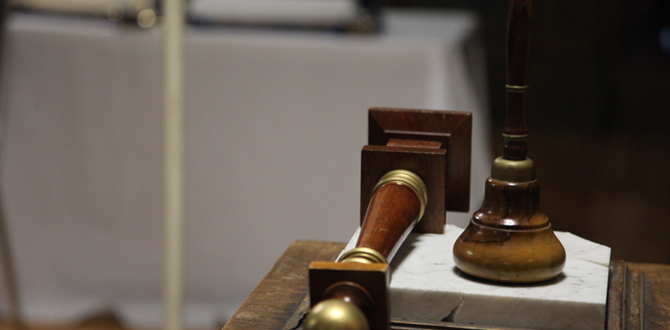
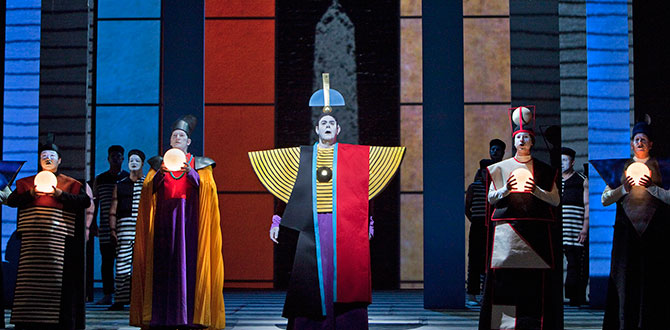

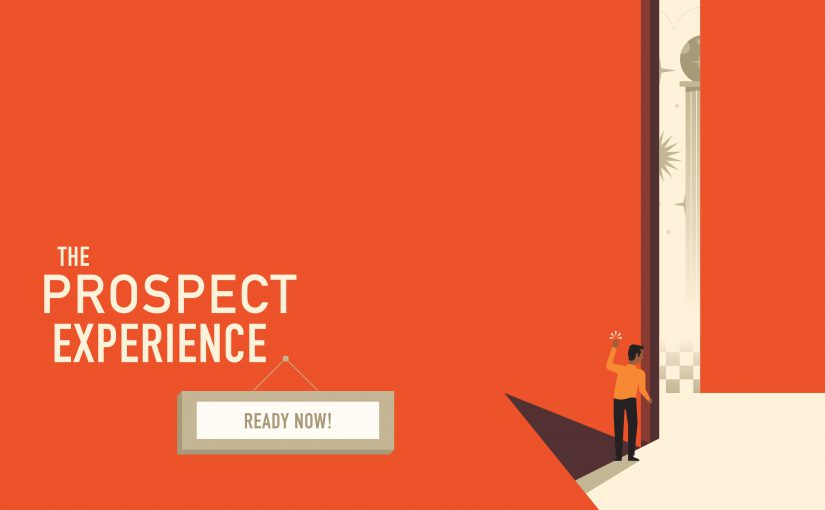
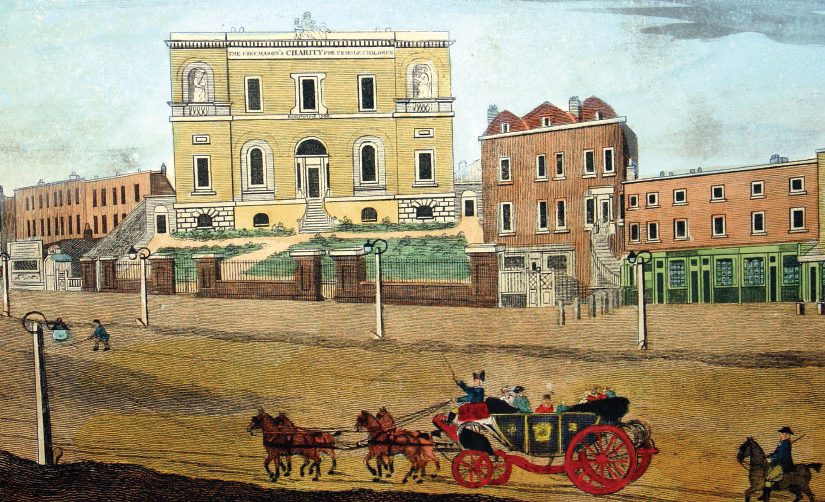

 “GIVE, GIVE, I PRAY YOU!
“GIVE, GIVE, I PRAY YOU!